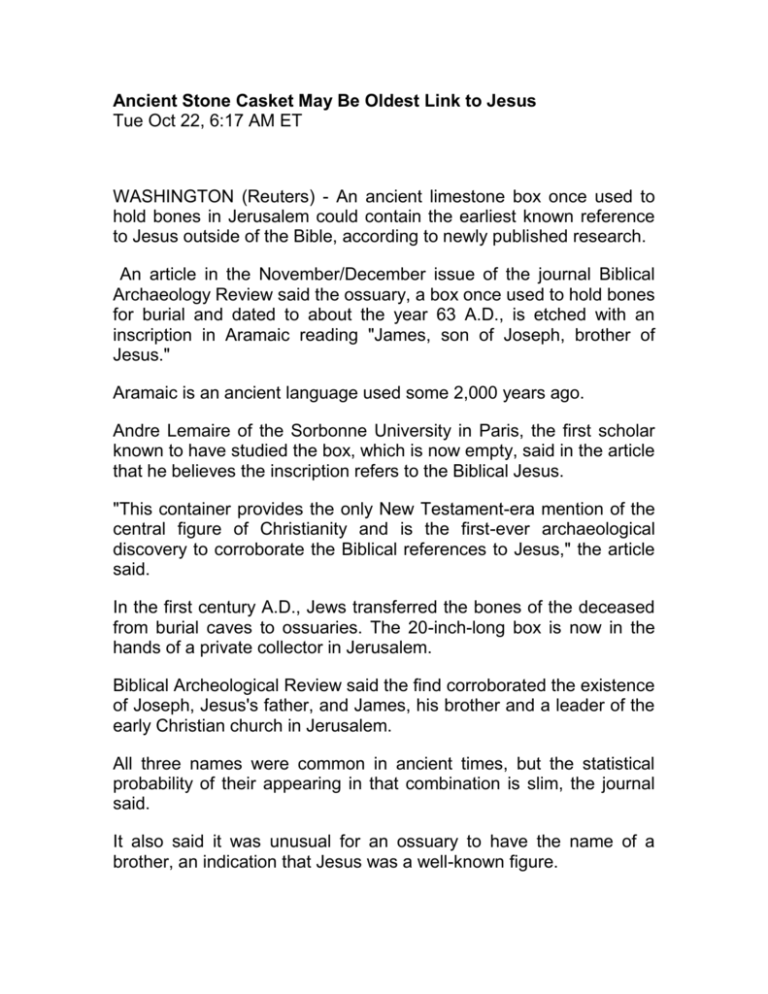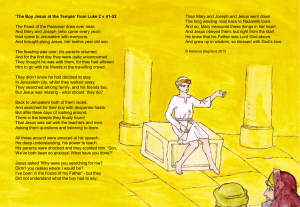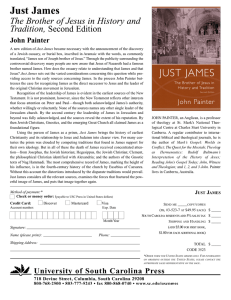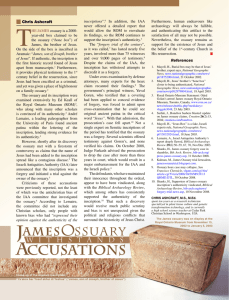Ancient Stone Casket May Be Oldest Link to Jesus
advertisement

Ancient Stone Casket May Be Oldest Link to Jesus Tue Oct 22, 6:17 AM ET WASHINGTON (Reuters) - An ancient limestone box once used to hold bones in Jerusalem could contain the earliest known reference to Jesus outside of the Bible, according to newly published research. An article in the November/December issue of the journal Biblical Archaeology Review said the ossuary, a box once used to hold bones for burial and dated to about the year 63 A.D., is etched with an inscription in Aramaic reading "James, son of Joseph, brother of Jesus." Aramaic is an ancient language used some 2,000 years ago. Andre Lemaire of the Sorbonne University in Paris, the first scholar known to have studied the box, which is now empty, said in the article that he believes the inscription refers to the Biblical Jesus. "This container provides the only New Testament-era mention of the central figure of Christianity and is the first-ever archaeological discovery to corroborate the Biblical references to Jesus," the article said. In the first century A.D., Jews transferred the bones of the deceased from burial caves to ossuaries. The 20-inch-long box is now in the hands of a private collector in Jerusalem. Biblical Archeological Review said the find corroborated the existence of Joseph, Jesus's father, and James, his brother and a leader of the early Christian church in Jerusalem. All three names were common in ancient times, but the statistical probability of their appearing in that combination is slim, the journal said. It also said it was unusual for an ossuary to have the name of a brother, an indication that Jesus was a well-known figure. The article said the Geological Survey of Israel performed laboratory tests that confirmed that it was made of limestone from the Jerusalem area. An article in Tuesday's Washington Post said the ossuary had been examined by scholars and scientists and that it had held up to scrutiny, although it was considered likely to remain controversial. The earliest previously known artifact mentioning Jesus was a papyrus fragment of the Gospel of John, dated about 125 A.D.











